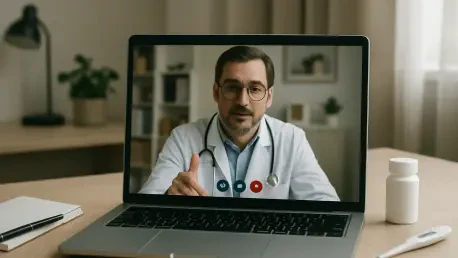
In a vast country like Australia, where sprawling distances often separate communities from essential healthcare services, the rise of telehealth has emerged as a groundbreaking solution to bridge these gaps, particularly for those in rural and regional areas. For many, especially in these remote

In a nation where millions depend on virtual doctor visits to manage chronic conditions, what happens when the rules governing access to vital medications teeter on the edge of expiration? For countless Americans relying on telehealth to secure prescriptions for controlled substances like

Europe is grappling with a profound demographic shift that is reshaping the very fabric of its healthcare systems, with over 21.6% of the continent’s population now aged 65 or older. This statistic places immense pressure on traditional care models while highlighting the urgent need for innovative

What if millions of Americans suffering from chronic back pain could find relief without stepping into a doctor’s office, and in a healthcare landscape burdened by rising costs and long wait times, Hinge Health is carving out a transformative path with virtual physical therapy? This digital health

In an era where technology permeates every facet of life, the healthcare industry stands at the forefront of a monumental transformation, driven by groundbreaking innovations that promise to redefine how medical care is delivered and experienced across the globe. From artificial intelligence aiding

In the high-pressure world of emergency response, where split-second decisions can mean the difference between life and death, Augmented Reality (AR) is emerging as a groundbreaking tool for medical training through telemedicine. This technology is reshaping how first responders, such as paramedics